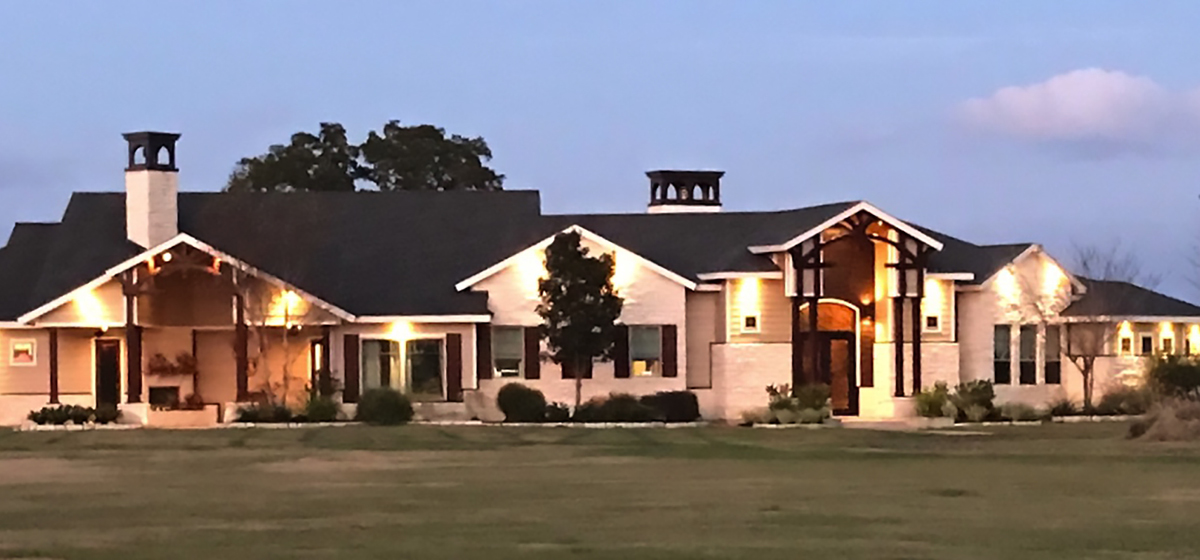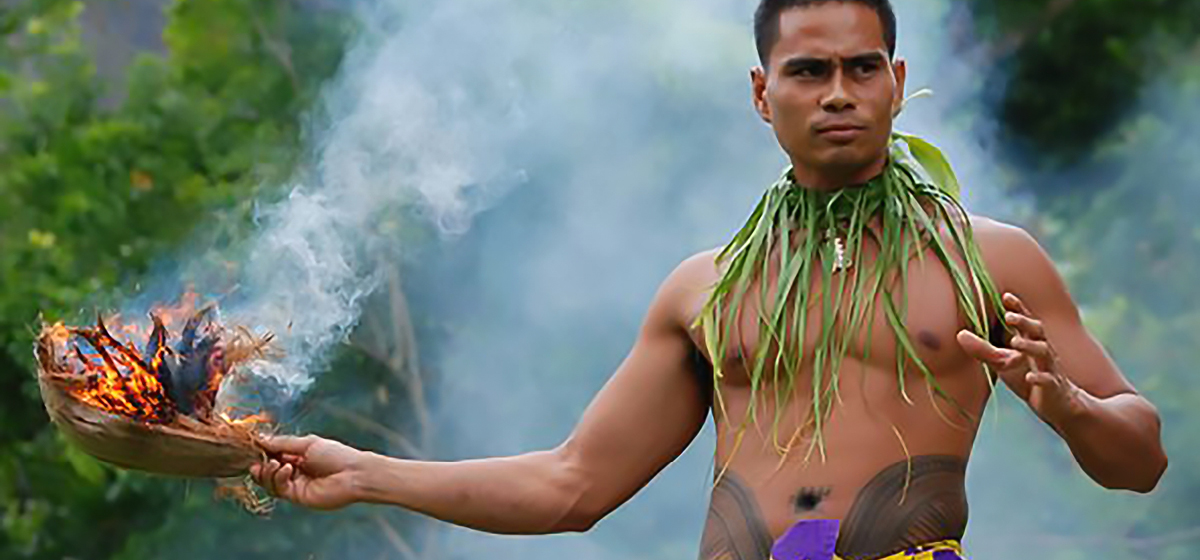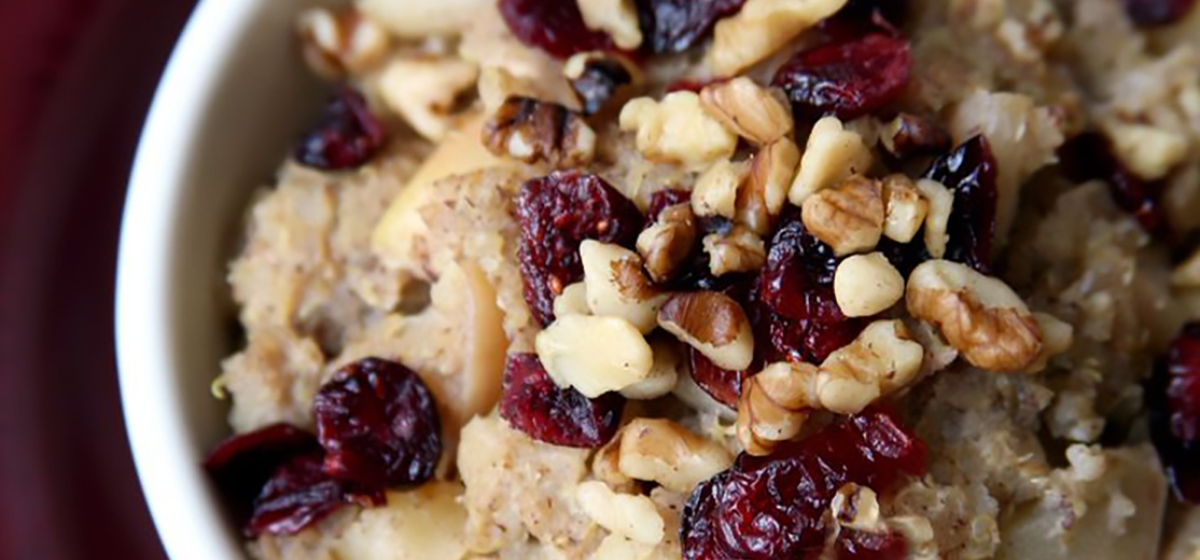 Photos by Kelly Sue Photography
Photos by Kelly Sue Photography
The term “quilt” comes from Latin, meaning “a stuffed sack.” A quilt is a cloth sandwich, with a top, back, and filler in between, with the top usually being simply or elaborately decorated. Quilts began as utilitarian articles of necessity and were used primarily as bedcovers for keeping warm. Other uses included hanging them in doors and windows that were not properly sealed in order to keep out the cold or dust. They were made from clothing remnants or empty feed and flour sacks. When a blanket became worn out, it could be patched, combined with other blankets, or used as filler in a new one. As fabrics became more affordable, freeing women from making their own, they began to spend time in designing and applying decorative motifs to quilts, and a beautiful art form emerged.
Today’s quilts run the gamut from being quite plain and simple, to beautifully ornate and exquisite. And the purpose for a quilt today can range from, once again, utilitarian-only, to commemorating a special event, or as a proud bearer of sweet memories. The artistry and creativity on display in today’s quilts, as well as the superb craftsmanship, speak to the passion, skill and ingenuity of today’s quilters. Let’s meet two such delightful ladies, Wallie Yerigan and Marie Tacker, very industrious quilters and very good friends.
 Wallie, a quilting teacher, seamstress, and fiber artist, also considers herself to be a technique junkie. She loves trying new approaches to this time-honored craft. She is presently working with mixed media and in a technique called felting. Felting is the process of applying heat and warm or boiled water and soap to wool fibers, then washing and pressing them to cause them to intertwine and shrink, forming a tightly woven cloth. Felt squares can be produced forming designs and pictures in rich, gorgeous colors, then embellished with machine-quilting and beading to produce very unique, one-of-a-kind works of art.
Wallie, a quilting teacher, seamstress, and fiber artist, also considers herself to be a technique junkie. She loves trying new approaches to this time-honored craft. She is presently working with mixed media and in a technique called felting. Felting is the process of applying heat and warm or boiled water and soap to wool fibers, then washing and pressing them to cause them to intertwine and shrink, forming a tightly woven cloth. Felt squares can be produced forming designs and pictures in rich, gorgeous colors, then embellished with machine-quilting and beading to produce very unique, one-of-a-kind works of art.
Wallie has always had an innate love for fabrics, patterns, and bright colors, and this passion was nurtured during a nine-year stay in Japan. During her time there, she was introduced to Sashiko quilting and to Japanese silk fabrics which boasted exquisite and intricate designs produced by hand, with little to no machine-quilting being used. Her own quilts display these and other methods, including redworking, a classic process of stitching on a quilt with red thread.  A Christmas-themed quilt by Wallie which includes redworking brought her a 2nd place ribbon at the Conroe Quilt Show. This show is sponsored by the Golden Needles Quilt Guild of Conroe and is held each September in the Conroe Convention Center. The Guild meets the 3rd Thursday of each month at Conroe Bible Church located at 4491 I-45 North in Conroe.
A Christmas-themed quilt by Wallie which includes redworking brought her a 2nd place ribbon at the Conroe Quilt Show. This show is sponsored by the Golden Needles Quilt Guild of Conroe and is held each September in the Conroe Convention Center. The Guild meets the 3rd Thursday of each month at Conroe Bible Church located at 4491 I-45 North in Conroe.
In speaking about the Japanese Sashiko quilting, Wallie mentioned that the International Quilt Show held in November each year at the George R. Brown Convention Center in Houston is well attended and puts on display thousands of quilts in every design, fabric and color imaginable, including the Japanese Sashiko quilts. It is both an inspiring and informative event, not to be missed by an avid quilter.
 Being extremely busy as a quilting teacher and seamstress has required Wallie to be creative with both her skills and her time. It is not unusual to see her working on a project as she sits in an airport and, as she says, “We quilters always have on our minds the next five projects we want to make.” Wallie’s quilting mentor and good friend, Marie Tacker, agrees. Marie was one of those who benefited at a very young age from a mother who could sew. In fact, Marie wore dresses and bloomers made from freshly emptied feed sacks. She has experienced the value of a “priceless” piece of cloth!
Being extremely busy as a quilting teacher and seamstress has required Wallie to be creative with both her skills and her time. It is not unusual to see her working on a project as she sits in an airport and, as she says, “We quilters always have on our minds the next five projects we want to make.” Wallie’s quilting mentor and good friend, Marie Tacker, agrees. Marie was one of those who benefited at a very young age from a mother who could sew. In fact, Marie wore dresses and bloomers made from freshly emptied feed sacks. She has experienced the value of a “priceless” piece of cloth!
 Marie learned to quilt 35 years ago. It became an immediate, lifelong love from her very first stitch, and she has not stopped since. Today, at age 92, you can find her stitching away the hours each day in her quilting room, a large sunlit room piled high with stacks of quilt squares, fabrics and thread of every color imaginable, and quilts in every stage of progress, either being started, completely finished, or in a state of mid-repair. Marie is a Master Repairer of worn quilts. As she says, “I love repairing old quilts, because I love to see them.” To Marie, each and every quilt has a personality and is like a friend that you want to spend time with again and again. In fact, one quilt she owns was made in 1935 by the WPA workshop in Milwaukee. The Works Progress Administration, re-named the Work Projects Administration in 1939, was the largest and most ambitious American New Deal agency and employed millions of men and women who otherwise could not find work during the Depression.
Marie learned to quilt 35 years ago. It became an immediate, lifelong love from her very first stitch, and she has not stopped since. Today, at age 92, you can find her stitching away the hours each day in her quilting room, a large sunlit room piled high with stacks of quilt squares, fabrics and thread of every color imaginable, and quilts in every stage of progress, either being started, completely finished, or in a state of mid-repair. Marie is a Master Repairer of worn quilts. As she says, “I love repairing old quilts, because I love to see them.” To Marie, each and every quilt has a personality and is like a friend that you want to spend time with again and again. In fact, one quilt she owns was made in 1935 by the WPA workshop in Milwaukee. The Works Progress Administration, re-named the Work Projects Administration in 1939, was the largest and most ambitious American New Deal agency and employed millions of men and women who otherwise could not find work during the Depression.  Thousands of women were taught to sew, making clothing and bedding to be used in hospitals, orphanages, and adoption centers. The quilt Marie owns was brought to her by a woman who was cleaning out her aunt’s house. Marie found the name of a Milwaukee museum and the date stamped on it, and after corresponding with the museum, she received documentation verifying the origin and use of the quilt. This Cherry Blossom-patterned quilt, which may have had matching curtains, was used as a bedspread to “brighten-up” an orphanage room when visitors came. When the visit concluded, the quilt would have been stored away for the next visit.
Thousands of women were taught to sew, making clothing and bedding to be used in hospitals, orphanages, and adoption centers. The quilt Marie owns was brought to her by a woman who was cleaning out her aunt’s house. Marie found the name of a Milwaukee museum and the date stamped on it, and after corresponding with the museum, she received documentation verifying the origin and use of the quilt. This Cherry Blossom-patterned quilt, which may have had matching curtains, was used as a bedspread to “brighten-up” an orphanage room when visitors came. When the visit concluded, the quilt would have been stored away for the next visit.
Marie is a strong advocate of labeling quilts. Each label should contain the date of the quilt, as well as the quilter’s name and who the quilt was made for. She explained that a simple way to do this is to either purchase or make a label and iron it onto freezer paper. Then, using indelible ink, place the information on the label and sew it onto the quilt. And, asked about the proper way to clean and store a quilt, she and Wallie both agreed on the following facts:
 Never dry clean a quilt.
Never dry clean a quilt.Another of Marie’s accomplishments has been as one of the founding mothers of Golden Needles Quilt Guild in Conroe, a group she helped to start in 1987. Additionally, she owned a quilt shop, Treasured Quilts and Gifts, and enjoyed the many relationships made there. Both she and Wallie have been inspirations to quilters, whether beginners or experts at the craft.  And both ladies still teach quilting and stitching, hoping to instill a love for this historical art form in the hearts of more women, young and older, in the area. Each month you can find Wallie sharing good stories, laughter, and the love of quilting with the Scrap Bee, a quilting group in Dobbin which was formed 20 years ago. Whether working on a Round Robin quilt, a house quilt, a block exchange, or many of the other types of quilting processes, the passion that quilters have for this revered art form is still strong.
And both ladies still teach quilting and stitching, hoping to instill a love for this historical art form in the hearts of more women, young and older, in the area. Each month you can find Wallie sharing good stories, laughter, and the love of quilting with the Scrap Bee, a quilting group in Dobbin which was formed 20 years ago. Whether working on a Round Robin quilt, a house quilt, a block exchange, or many of the other types of quilting processes, the passion that quilters have for this revered art form is still strong.
 For anyone interested in learning more about this functional and traditional art form, the next meeting of the Golden Needles Quilt Guild will be Thursday, March 16th, at 6:30 pm at the Conroe Bible Church on I-45. For information on joining this group go to www.goldenneedles.org. Their next Quilt Show and Live Auction will be September 15-16, 2017, at the Lone Star Convention Center. For quilting information or instruction, Wallie can be reached by email at mizuumi@consolidated.net.
For anyone interested in learning more about this functional and traditional art form, the next meeting of the Golden Needles Quilt Guild will be Thursday, March 16th, at 6:30 pm at the Conroe Bible Church on I-45. For information on joining this group go to www.goldenneedles.org. Their next Quilt Show and Live Auction will be September 15-16, 2017, at the Lone Star Convention Center. For quilting information or instruction, Wallie can be reached by email at mizuumi@consolidated.net.
 If you have a beloved quilt in need of repair, contact Wallie, and she will pass the information to Marie. Remember Marie’s comment that every quilt has a personality and is a friend in the making! She would love to make friends with your tattered and worn quilt and bring it to life again. Both Marie and Wallie are always delighted to make new friends and pass along their knowledge and love of this creative and time-honored tradition of quilting.
If you have a beloved quilt in need of repair, contact Wallie, and she will pass the information to Marie. Remember Marie’s comment that every quilt has a personality and is a friend in the making! She would love to make friends with your tattered and worn quilt and bring it to life again. Both Marie and Wallie are always delighted to make new friends and pass along their knowledge and love of this creative and time-honored tradition of quilting.



